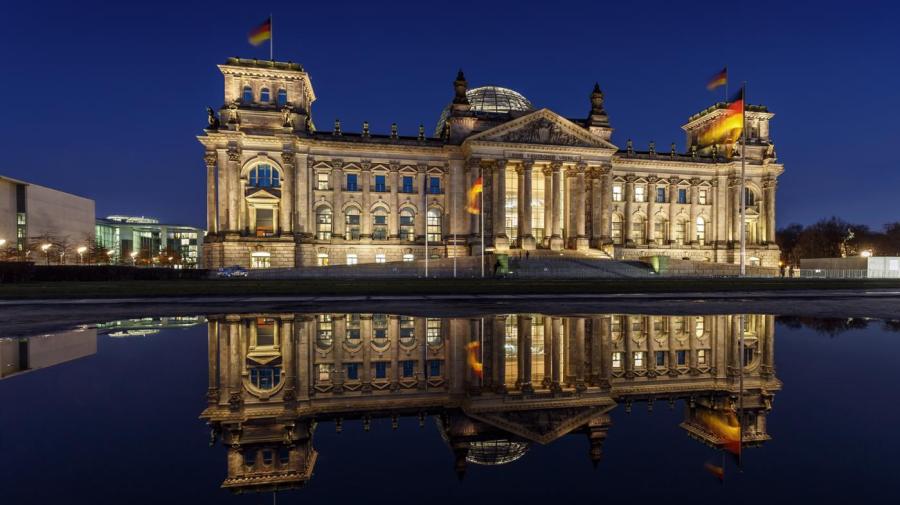What Type of Government Does Europe Have?

Most countries in Europe, including the United Kingdom, Ireland, Netherlands, Austria and Germany, are parliamentary democracies. With more than 50 countries in the continent, Europe does not have one form of government. However, the only dictatorship in Europe currently is Belarus.
Russia and France have a semi-presidential form of government. Whereas most countries are representative republics, these governments tend to act as democratic socialism in proxy. Most governments in this continent are republics, meaning that elected individuals govern the land. The government of France is a typical example of this.
There are some other countries, which are federal republics like Germany. A federal republic represents a union of states or related entities. In this arrangement, governmental powers are divided among the federal governments and the states. The federal government of Germany is very similar to parliamentary democracy.
The United Kingdom is an example of a constitutional monarchy. In this form of government, the monarch heads the government. However, he or she does not have any real powers. Political power is vested in the prime minister, the House of Lords and the House of Commons. The legislative assembly also carries out legislation, similar to a democratic state. These are the main forms of government that are currently in operation in most European countries.





